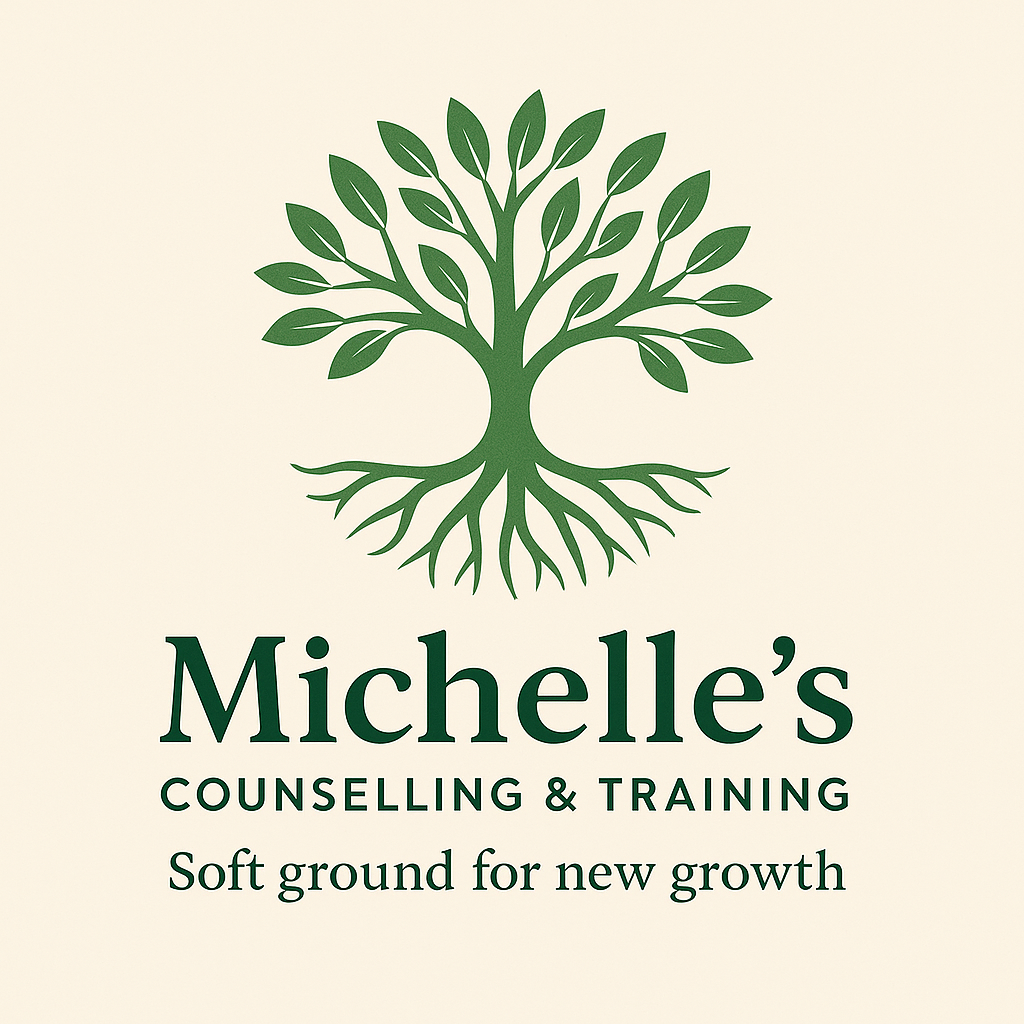What We’re Told We Need for Self-Care vs. What We Actually Need
In a world full of wellness influencers, glossy ads, and curated Instagram grids, self-care has been rebranded into something sleek, aesthetic—and often expensive. We're bombarded with images of luxury and indulgence labeled as “essential” to our well-being. But here's the truth: most of what we’re told we need for self-care isn’t actually what nourishes us on a deeper level.
Let’s unpack the difference between perceived self-care and real self-care—and explore what truly helps us feel grounded, resilient, and well.
What We're Told We Need for Self-Care
The modern wellness industry often pushes the idea that self-care looks like this:
Expensive skincare routines
Spa days or luxury massages
Scented candles and bubble baths
Perfect morning rituals with green juice and yoga
Designer journals and planners
“Treat yourself” shopping sprees
Subscription boxes and wellness kits
Exotic vacations for “resetting”
Crystals, sage kits, or manifestation tools
These things can absolutely be enjoyable. They offer comfort, a break from routine, and even moments of joy. But they tend to be surface-level. And they’re often marketed as necessities, which can make people feel like they’re failing at self-care if they can't afford or sustain them.
What We Actually Need for Self-Care
Real self-care is less about indulgence and more about maintenance, boundaries, and self-respect. It's not always pretty, and it’s definitely not always Instagrammable. But it’s what helps us function and thrive.
Here’s what real self-care often looks like:
Getting enough sleep — Not scrolling at midnight, but resting your mind and body.
Eating nourishing meals — Not always about salads, but making sure your body has energy and nutrients.
Setting and respecting boundaries — Saying no, taking breaks, and walking away from toxic situations.
Moving your body regularly — Whether it’s walking, dancing, or stretching.
Caring for your mental health — Through therapy, journaling, support groups, or honest conversations.
Managing your finances — Budgeting, saving, and building financial stability.
Creating digital boundaries — Reducing screen time, muting draining accounts, and disconnecting.
Doing what brings meaning — Reading, volunteering, making art, spending time with people you love.
Allowing yourself rest without guilt — Not everything needs to be productive.
Why the Difference Matters
When self-care becomes a commodity, it risks becoming exclusionary and ineffective. If we start to believe that we need a $200 skincare routine or a perfect morning ritual to feel okay, we disconnect from what really heals and sustains us.
Real self-care isn’t something you buy. It’s something you practice—often quietly, imperfectly, with mistakes and with a lot of grace.
Final Thoughts
Self-care isn’t about luxury. It’s about sustainability—emotionally, physically, and mentally. It's about checking in with yourself honestly and giving yourself what you actually need, not what society says you should want. I wonder what you feel is good for your self care?
So yes, take the bubble bath if it makes you feel good. Light the candle. I wonder what you need to do the harder, less glamorous things that you feel would benefit you?

